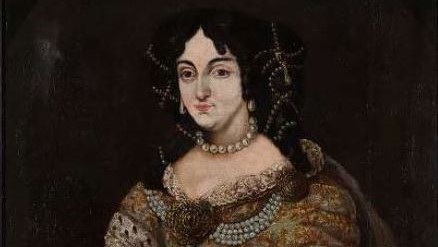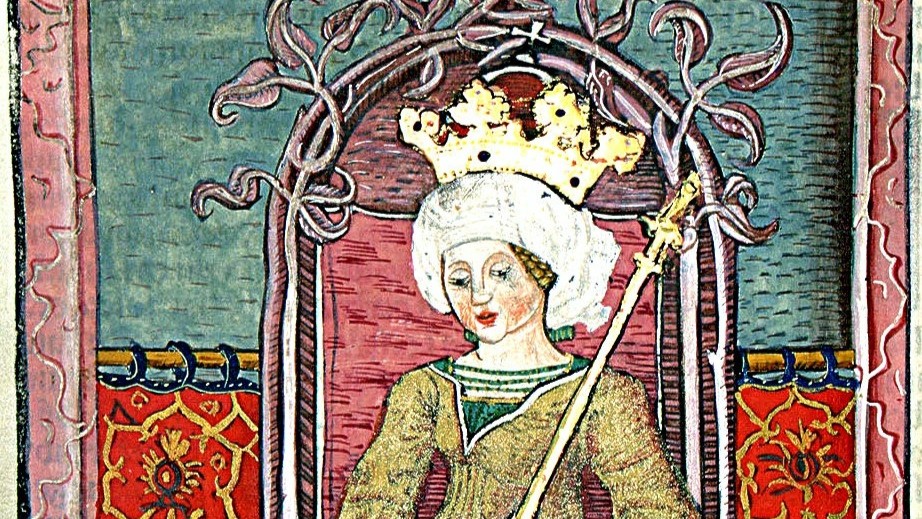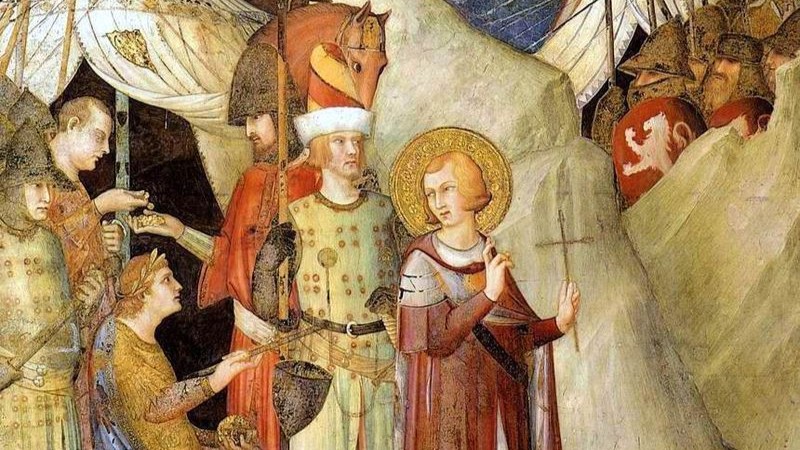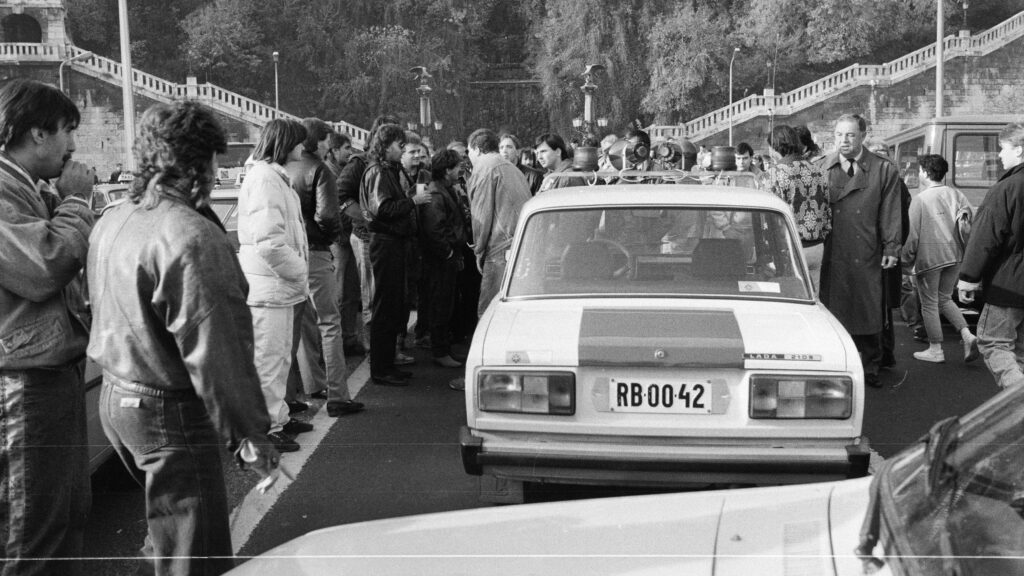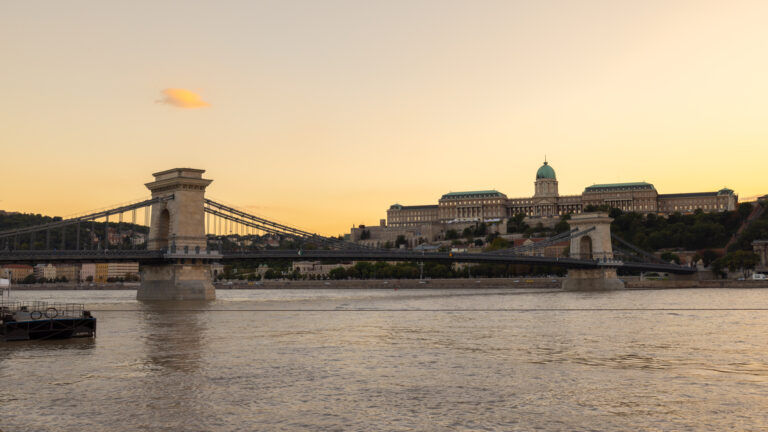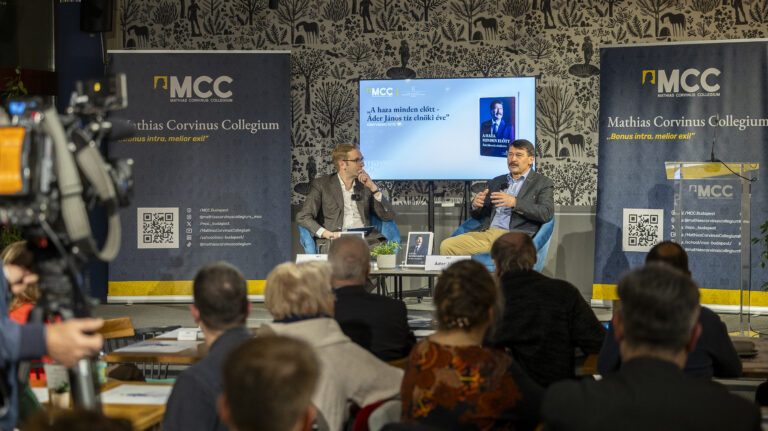Countess Ilona Zrínyi (in Croatian, Jelena Zrinska) was born in 1643 into one of the most influential families of the Kingdoms of Hungary and Croatia. The members of the powerful Croatian noble family (originally Zrinski) were Bans of Croatia and held important positions in the Hungarian military, too. As the niece of Miklós Zrínyi, a statesman and military leader who distinguished himself in the fight against the Ottomans, Ilona received an excellent schooling from an early age. Thanks to her upbringing, Ilona was a fluent Hungarian, Croatian, Latin and German speaker, and she learnt to handle weapons, becoming to be known as an outstanding swordswoman. From a young age Ilona stood out among her peers thanks to her intelligence and beauty, and later for her valour.
In 1666 the countess married Ferenc Rákóczi, prince of Transylvania. The marriage did not last for long, however, as Ferenc Rákóczi died shortly after the birth of their third child, Ferenc. The early death of Ferenc Rákóczi at the age of 31 left the 33 years-old Ilona in guardianship of their children and estates. In the years to come Ilona not only raised her children all by herself, but also managed the family’s immeasurable wealth, which included properties in today’s Croatia and Ukraine as well. Soon after she was widowed, Ilona decided to move to Munkács (today Mukachevo in Transcarpathia, Ukraine) with her two little children, where she met an extraordinary young man, Imre Thököly. Imre Thököly was known as a committed advocate of Hungary’s independence, and therefore earned himself the reputation of being ‘the Kuruc King’—the term Kuruc used to refer to anti-Habsburg insurgents in the late 17th and early 18th centuries.
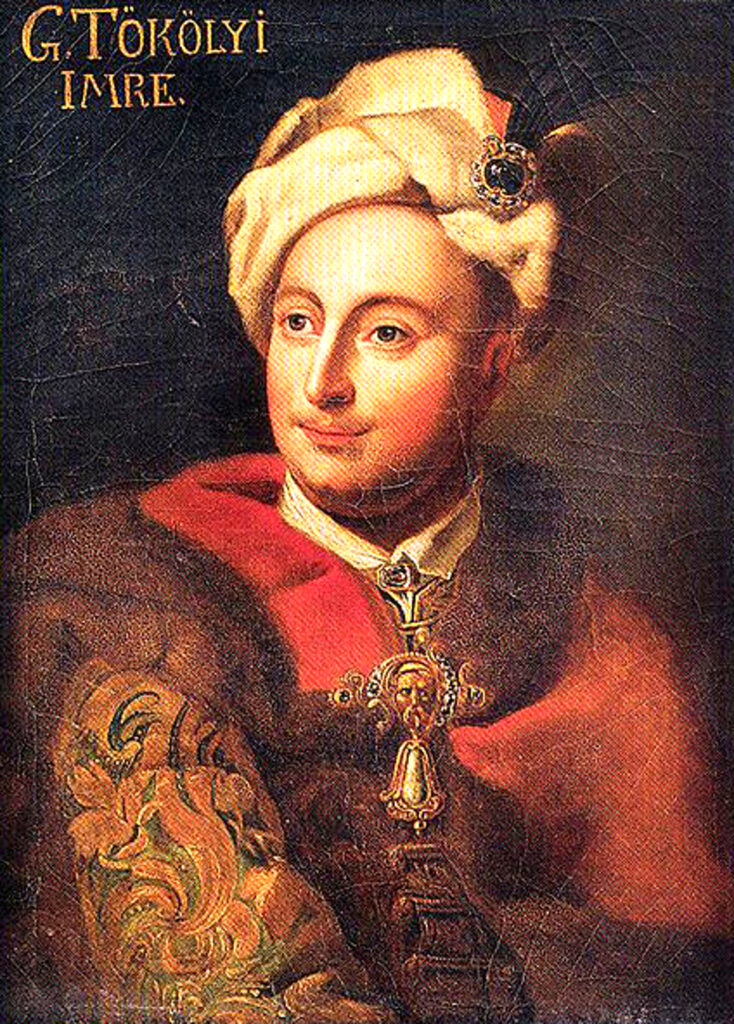
Ilona and Imre’s meetings soon turned into trysts, and the couple married in 1682. The two connected not only by love for each other but for Hungary, too, devising plans to shake of the oppressive Habsburg rule. Soon, Imre ended up leading an uprising against the House of Austria. To stand a chance against the increasingly powerful Austrian dynasty, Thököly sought support from Istanbul. Between 1682 and 1685 Imre was the Prince of Upper Hungary, a vassal state of the Ottomans. As an ally of the Sublime Porte, in 1683 Thököly marched against Vienna alongside the Turkish forces. The Ottoman army suffered heavy losses in the siege, however, and was forced to retreat.
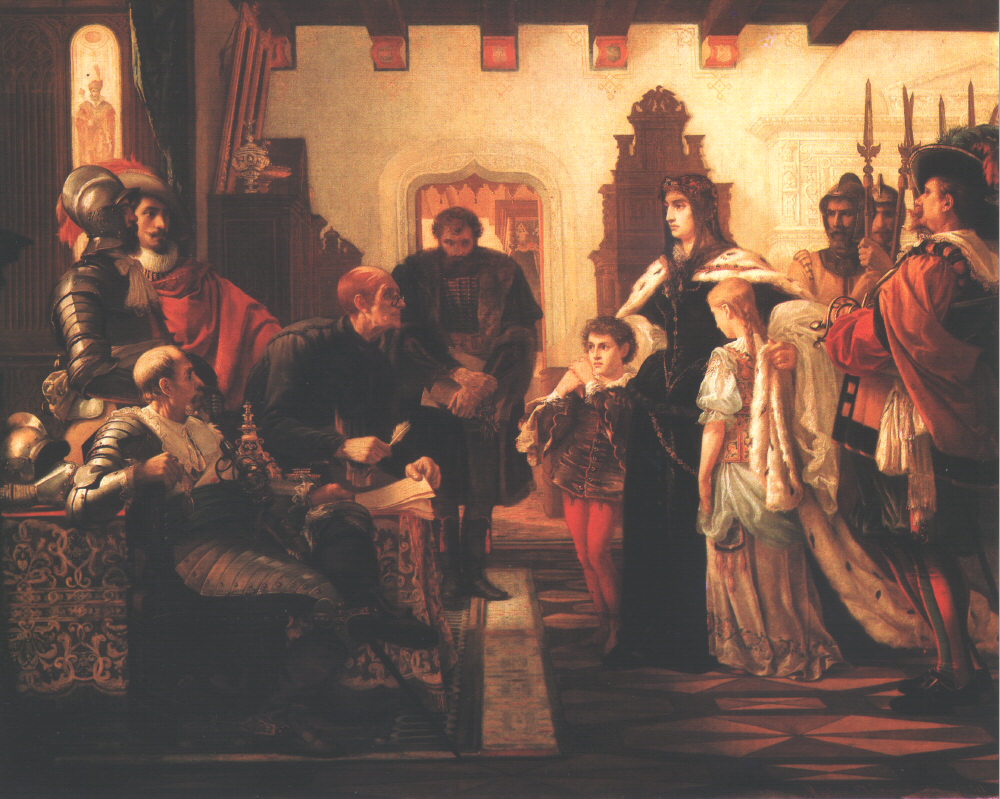
During the campaign of the Habsburgs that followed Ilona and Imre were forced to surrender many of their estates. By 1685 the retreat left the Mukachevo (also known as Palanok) Castle was the last remaining bastion standing against the Habsburgs. Separated from her husband, Ilona had fled to the castle with two small children, and expecting a third one. Soon she found herself facing the Austrians’ General Antonio Caraffa, who was known for his brutality, all by herself. Despite the odds, Ilona Zrínyi courageously defended the castle for the next three years, until 1688. The countess was not only proven to be an excellent general but also a commander who could keep her troops strong spirited. The resistance that Ilona showed in battle earned her the reputation as the most courageous woman in Europe. The mother’s lion-like courage is especially striking knowing the tragedy that befell her. Soon after giving birth to Imre’s child, the baby died.
In 1686 the Holy League managed to recapture Buda (ending almost 150 years of Ottoman rule over Hungarian lands). Buda’s retake changed the odds on the Mukachevo front, too, and holding the Castle against the strengthening Habsburgs and their allies became untenable. In early 1688 Ilona surrendered the fortress on condition that its defenders receive amnesty, and her children stay owners of the Rákóczi estates. Albeit initially the royal court pretended to accommodate these conditions, the Habsburgs did not honour the agreement fully. Upon her arrival in Vienna Ilona’s children were separated from her. Ilona never again her twelve-year-old son, Ferenc again—the young boy was enrolled in a Jesuit school with the clear attempt of re-educating him to loyal to the Habsburg dynasty.
As a prisoner of the Emperor, Ilona lived in a convent until 1691, when Thököly arranged a prisoner exchange, exchanging his wife for a Habsburg general.
By 1699 the couple’s ally, the Ottoman Empire had lost most of its Central European territories and hence signed the Treaty of Karlowitz that sealed the Habsburg’s grip over the Kingdom of Hungary. As allies to the High Porte, Ilona and Imre had no choice but to flee their homeland. The two settled first in Galata neighbourhood of Constantinople, later in Izmit. The Hungarian heroine passed away in exile in the Turkish city in 1703; her husband followed her two years later.
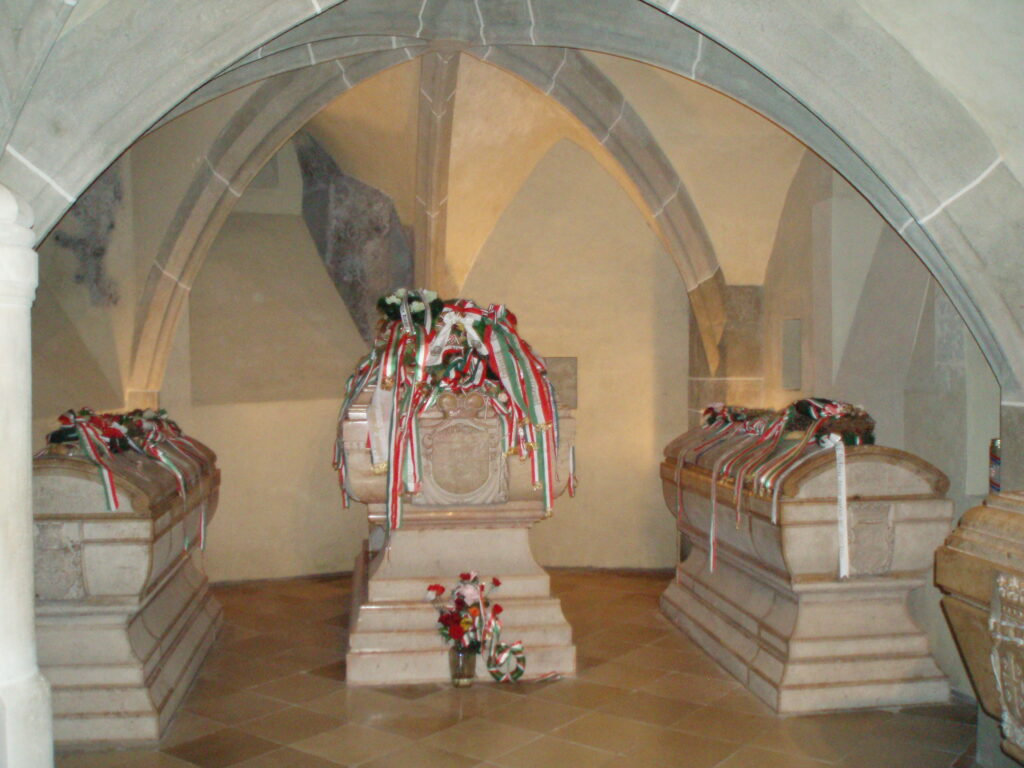
Despite the Habsburg’s attempts to raise Ilona’s son to be a loyal subject of the Crown, the apple did not fall far from the tree. Much like his mother, Ferenc also distinguished himself as a national hero of Hungary. Ferenc II Rákóczi led the Rákóczi’s War of Independence against the Habsburgs in 1703–1711. Albeit noblemen and peasants united under his leadership to fight for Hungary’s freedom, the struggle was defeated, and – again sharing the fate of his mother – Rákóczi was forced into exile. He was also buried in foreign soil, in the Ottoman Empire. Today a prominent equestrian statue pays tribute to his heroism in Kossuth Square in front of the Parliament building. The remains of Ferenc II Rákóczi and his mother Countess Ilona Zrínyi were reburied in 1906 in the St Elizabeth Cathedral in Kassa (present day Košice, Slovakia).
Related articles:

